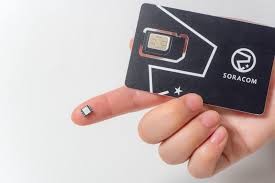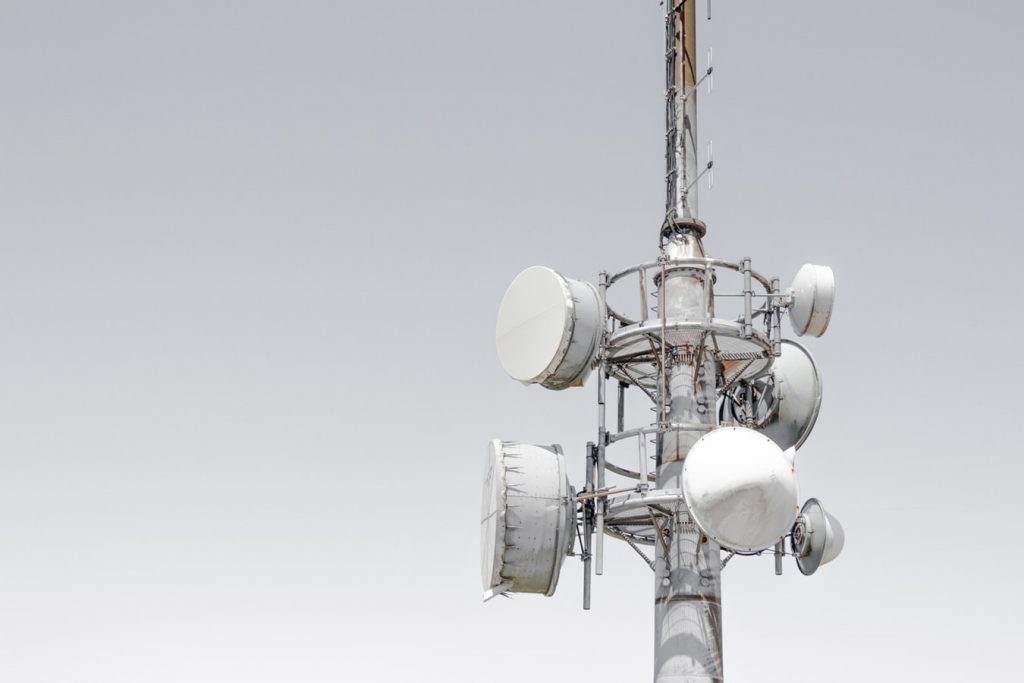Why You Should Power your Project with an IoT SIM Card

Benefits of an IoT SIM Card

Planning an IoT project can be a tedious affair that involves hardware choices, security decisions, market strategy and connectivity options among others.
One way to make it easier is by investing in an IoT SIM card. While these small devices aren’t the same as those used in smartphones, they provide a similar result: cellular connectivity.
Cellular IoT is on fire, with experts projecting that the market will hit 1.5 billion IoT SIM card-connected devices by as early as 2020, and rightfully so, considering the countless applications that cellular connectivity helps to support.
From rural farming operations to highly-mobile supply chains, there are plenty of global IoT projects that would fail to function without IoT SIM cards.
Here are a few reasons why you should consider investing in an IoT SIM card for your cellular IoT project.
Coverage Range
Imagine if your cell phone only had a connection to the Internet when you were in range of your home WiFI. Pretty debilitating right?
This may only affect receiving emails or responding to friends on Messenger, but for those that are counting on the Internet connecting for their business, the results can be far more drastic.
IoT SIM cards enable devices to send and receive data from anywhere that there is cell tower coverage – virtually everywhere in the world. With this, businesses can scale their operations around the globe without worrying about investing in network infrastructure.
Device Security

IoT SIM cards have always carried network authentication with them, ensuring that external threats couldn’t access the cellular network. After all, SIM stands for Subscriber Identity Module, acting as an identifier to prove device authenticity to the network in question.
However, IoT SIM cards remain far more secure than IoT connectivity options like WiFI and Bluetooth, the emergence of eSIM technology is improving IoT security even further.
There are numerous benefits that come with IoT eSIM technology, however, one of the major draws is that it can enable businesses to embed IoT SIM cards within their device upon point of manufacturing, resulting in a more compact IoT device that is harder to hack and easier to remotely control.
Little to No Network Costs

Similar to cloud technology – where resources are “rented” and not necessarily owned – choosing to invest in an IoT SIM card enables you to power your project without being liable for the required network infrastructure.
When you purchase a phone plan, you don’t have to pay for the cell towers that your phone will rely on, just the data that you use a monthly basis.
Being able to count on network providers to shoulder this load allows businesses to focus their attention back on their own responsibilities, whether it’s inventing new products or streamlining operations.
Global IoT Connectivity

As mentioned, IoT SIM cards are one of the only ways to successfully power a wide-range IoT project, whether its a vineyard, power plant or even a metropolitan city.
This enables businesses to dream big when building their products and services without having to worry about their project’s feasibility.
However, another huge benefit that IoT SIM cards can provide is the ability to take your project to any market in virtually any country – all without erecting new network infrastructure or signing with numerous network providers.
While this sort of global IoT network coverage could be mimicked by connectivity options like satellite, the alternatives are far more expensive and labor-intensive than cellular IoT.





